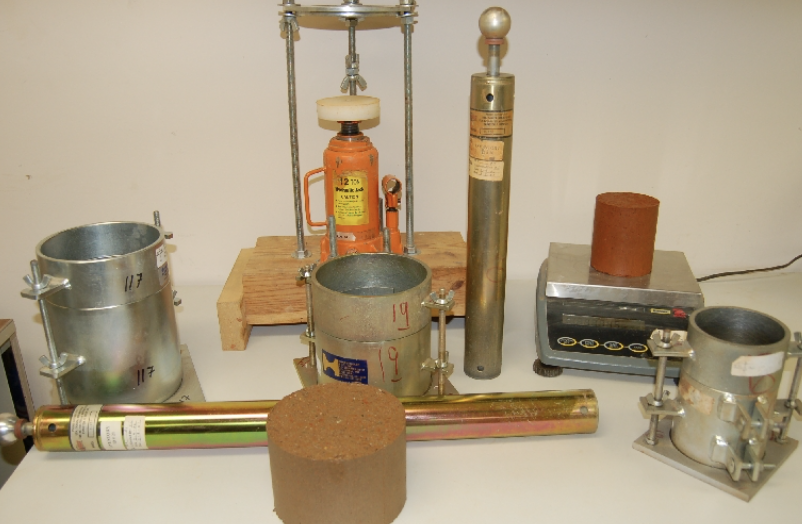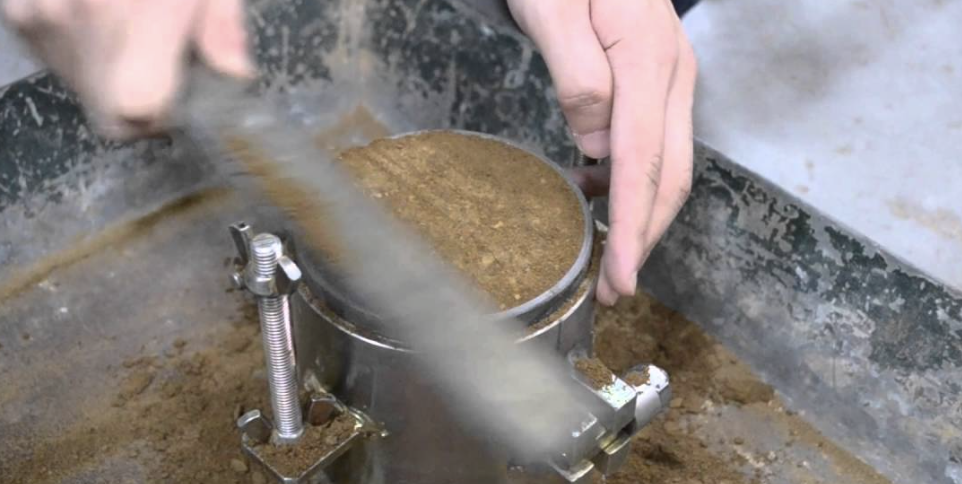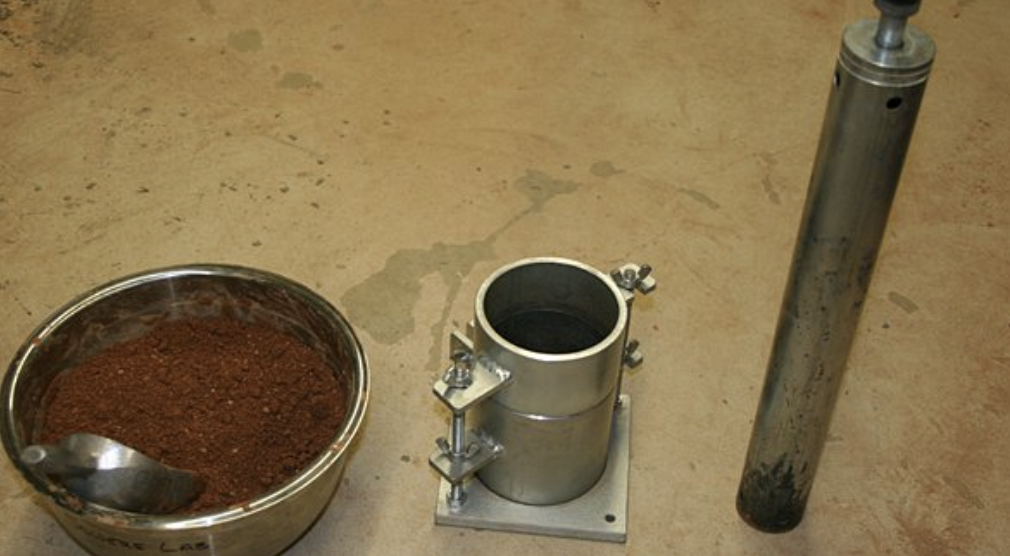How to Do a Proctor Compaction Test?
The Proctor Compaction Test is fundamental in soil engineering, used to identify the ideal soil moisture and density for stable construction foundations. Properly compacted soil ensures structural safety, longevity, and resistance to settling. Here’s how to perform this test correctly.
What Is the Purpose of the Proctor Compaction Test?

The Proctor Compaction Test determines two crucial parameters:
- Maximum Dry Density (MDD)1: Highest achievable density for stability.
- Optimum Moisture Content (OMC)2: Moisture level enabling maximum soil compaction.
These results guide engineers in achieving soil compaction3 that ensures adequate strength, minimizes settlement, and improves durability.
How Do You Prepare the Soil Sample?
Proper soil preparation4 ensures accurate test results:
- Dry the soil: Air-dry or oven-dry to facilitate handling.
- Sieve the soil: Use a No. 4 sieve (4.75 mm) to remove oversized particles.
- Add water incrementally: Gradually moisten the sample, conducting tests at different moisture contents, typically in 2% increments.
This process provides varied samples to accurately identify the optimal compaction conditions5.
What Equipment Is Required for the Proctor Test?

Necessary equipment includes:
| Thiết bị | Mục đích |
|---|---|
| Proctor Mold6 | Shapes and holds the soil sample |
| Compaction Hammer7 | Delivers consistent compaction force |
| Balance Scale | Measures soil mass accurately |
| Moisture Cans8 | For determining soil moisture content |
| Drying Oven | Removes moisture to obtain accurate dry weight |
| Sieves | Ensures particle size consistency |
How Are the Results Calculated and Interpreted?
Calculate the results in these steps:
Step 1: Determine moisture content (MC)
[MC (\%) = \frac{Wet\,Weight – Dry\,Weight}{Dry\,Weight} \times 100]
Step 2: Calculate dry density (DD)
[DD = \frac{Wet\,Density}{1 + \frac{MC}{100}}]
Step 3: Plot the compaction curve:
Graph moisture content vs. dry density to find the MDD and corresponding OMC at the curve’s peak.
| Result | Ý nghĩa |
|---|---|
| Maximum Dry Density (MDD) | Optimal soil compaction for stability |
| Optimum Moisture Content (OMC) | Ideal moisture content for achieving MDD |

Phần kết luận
Conducting a Proctor Compaction Test is essential for safe and effective soil preparation in construction. By carefully preparing samples, using proper equipment, and correctly interpreting results, engineers can ensure the structural integrity and durability of any soil-based construction project.
-
Understanding MDD is essential for engineers to ensure soil stability and strength. Explore this link for in-depth insights. ↩
-
OMC is vital for achieving maximum soil compaction. Discover more about its impact on construction and engineering practices. ↩
-
Effective soil compaction is crucial for durability and strength in construction. Learn best practices to enhance your projects. ↩
-
Understanding soil preparation techniques is crucial for accurate testing and optimal results in various applications. ↩
-
Learning about optimal compaction conditions can significantly improve construction and agricultural practices, ensuring better outcomes. ↩
-
Understanding the role of a Proctor Mold can enhance your knowledge of soil testing methods and their importance in construction. ↩
-
Learning about the Compaction Hammer’s function can help you grasp the principles of soil compaction and its significance in engineering. ↩
-
Exploring the use of Moisture Cans will provide insights into soil moisture measurement techniques, crucial for agricultural and construction applications. ↩








